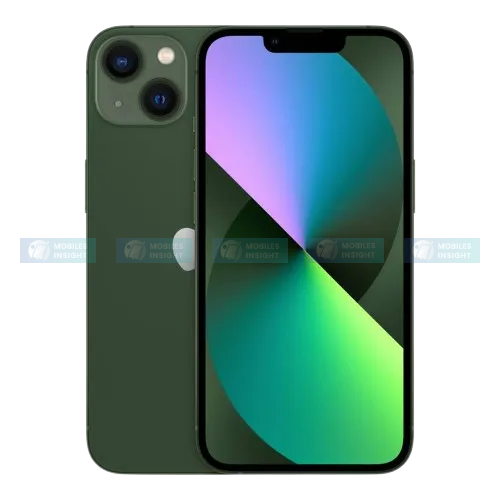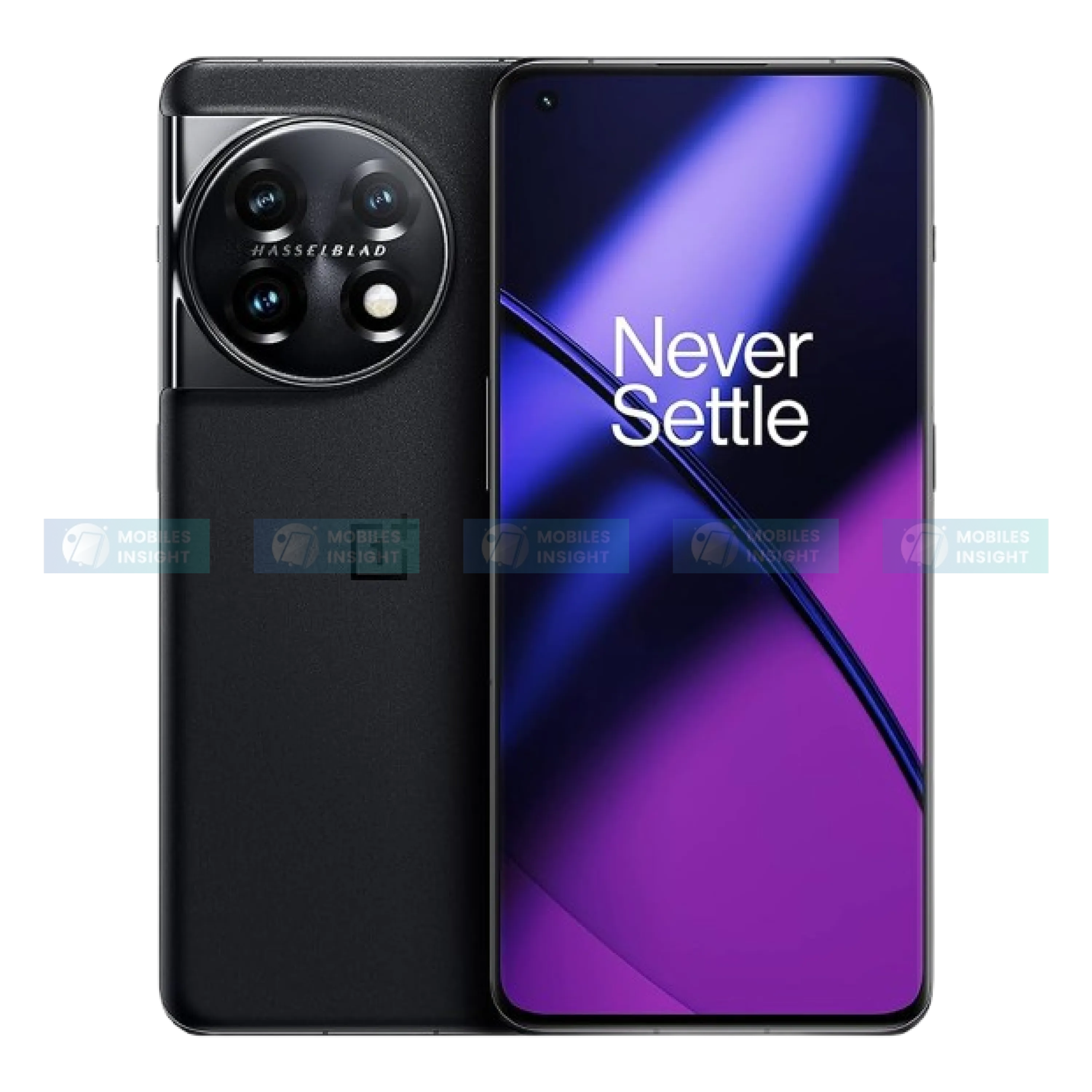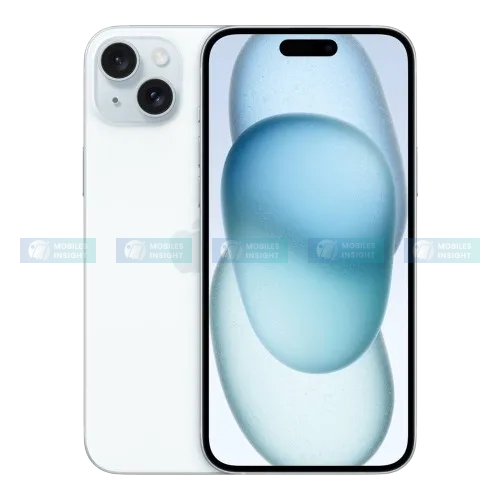
Apple iPad Fans in Bangladesh Await Next-Gen Models with Exciting Features
The next-generation iPad lineup from Apple, featuring the M5-powered Apple iPad Pro with an OLED display, iPadOS 26 with smart features powered by GPT-5, and improved dual front cameras, will change how people work and create in Bangladesh. Local users can look forward to better multitasking, smarter AI tools, more creative options, and stronger support for accessories like the Apple Pencil. With added features like improved printing and sharing, advanced note-taking, and better VR and AR experiences, these Apple iPads come at a time when AI, smart technology, and virtual reality are shaping the future of personal computing.
Why is Bangladesh Ready for the Next Wave of Apple iPads?
In the heart of Bangladesh’s tech world, I keep a close eye on market trends. My inbox fills up every day with updates on digital news, and my connections reach from local creative studios to learning centers. Right now, there is a special energy growing. It’s stronger in the streets of Dhaka, more alive in Chattogram’s startups, and spreading through Sylhet’s growing freelance community. This energy is the rising demand for powerful, smart, and creative devices. And the new iPad lineup is coming just as we reach this exciting moment.
Rapid Expansion of the Tablet Market
Bangladesh’s tablet market is growing fast and is expected to reach 558.3 million US dollars in revenue by 2025. The market is also expected to grow steadily at a rate of 8.45% per year from 2025 to 2030. By 2030, tablet sales are likely to increase to 2.6 million units. From my ongoing analysis, this shows a clear change: more families, students, and professionals are now choosing tablets instead of just smartphones as their main devices for work and study.
Surge in E-Commerce Fueling Device Access
The larger electronics online market in Bangladesh is expected to make about US $1.913 billion in 2025. Tablets will make up around 11.7% of the computers sold online. This growing digital market means that premium devices like iPads are easier to buy now, not only from physical stores but also through safe online shops.
Growing Share of iPads in Tablet Usage
Although Android is the most popular in smartphones, Apple iPads have a strong 30 to 34 percent share of the tablet market in Bangladesh by mid-2025. Only Samsung is ahead with about 38 percent. This shows that many people really like Apple iPads. I notice this myself when teachers, creators, and business people talk about the iPad’s ecosystem, build quality, and how reliable it is over time, instead of looking for other options.
Macro Tech Environment Supporting Growth
Bangladesh is focusing on a Made in Bangladesh ICT plan, which includes growing software exports and local electronics manufacturing. This helps create a better environment for high-end devices. Although Apple iPads are not made here, their ecosystem is growing because more people are becoming tech-savvy, internet and online payment use is increasing. Now, the growing middle class is not only buying devices, but also using them for productivity, creativity, and secure, AI-powered work.
Confirmed and Expected Models for 2025
Apple’s roadmap shows two key waves of iPad releases in 2025:
-
Spring 2025: The 11th-Gen Apple iPad with the A16 chip and the M3 iPad Air, already launched globally on March 12, 2025.
-
Fall 2025: The iPad Pro M5 with OLED screen, dual front cameras, and GPT-5-powered Apple Intelligence upgrades.
As the release will happen in steps, Bangladeshi buyers will first get the Apple iPad Air models from official sellers and grey importers. The high-end iPad Pro models will come later in the latter part of the year.
Display Innovation: OLED Meets Liquid Glass
In my hands-on analysis, it became clear that Apple is not just improving its screen but changing how we see light and motion. The word OLED means much deeper contrast, while Liquid Glass brings a new software feel that makes the hardware and interface work smoothly together.
What’s New on the Screen
-
Tandem OLED, which already makes the iPad Pro 2024 brighter and more energy-efficient, continues in the new M5 lineup. The display can now reach up to 1,000 nits of brightness with HDR peaks close to 1,600 nits.
-
Even though the design stays the same, the screen looks more vibrant thanks to this advanced OLED technology. It keeps the iPad very thin, about 5.3 mm, while improving its performance.
-
A new leak suggests that Apple might make the screen almost all display using the thinnest bezels ever. They could use chip-on-film OLED panels, which might lead to curved screen designs in future models. However, these curved screens may only appear after the M5 generation.
-
All these steps show that Apple is working hard to improve mobile display technology. They are following trends seen in high-end phones but adapting them to tablets with great style and elegance.
Liquid Glass: Bringing Screens and UI Together
-
Liquid Glass changes iPadOS 26 with a clear and smooth look. Parts of the screen like the Control Center, app icons, navigation bars, and the Dock now reflect and show the background around them in real-time.
-
This design connects the Apple iPad’s hardware and software. Light moves and changes on your iPad’s surface, making every interaction feel alive. It uses Apple’s powerful processor and graphics to prepare for future curved screens where the visuals mix both real and digital views.
-
Mac-style multitasking is also included. You can resize and move windows freely, toolbars disappear when not needed, and controls change depending on what you are doing. This shows that the Apple iPad screen is not just for seeing but also for doing more.
For Bangladeshi creatives who sketch in bright rooms or students who read PDFs outside, the OLED brightness and clear Liquid Glass screen keep everything easy to see without too much glare. The small movements in the user interface when you tap, scroll, or switch panels feel smooth and simple. It feels high quality but not too flashy. If Apple uses a quad-curved display in the future, using gestures around the edges will feel more natural, making things like drawing with the Apple Pencil or viewing VR and AR more fun and easy.
AI Inside: GPT-5 Meets Apple Intelligence
Apple has announced that its Apple Intelligence, the main AI feature in iOS 26, iPadOS 26, and macOS Tahoe 26, will move from GPT-4o to the new GPT-5 model. The update may start as early as next month, along with the launch of the iPhone 17 Air and other series. iPad and Mac users will get smarter task handling, better personalization, and faster replies without needing any separate OpenAI account.
GPT-5, launched by OpenAI on August 7, 2025, is a big improvement in AI technology. It can give quick answers when needed and think deeply for more complex work, using a “thinking router” that adjusts to the type of question. It is better at coding, writing, health advice, and working with both text and images, with higher accuracy, safety, and clarity.
Apple Intelligence already works with a mix of on-device and cloud processing, maintaining strong privacy protection. With GPT-5, it will now have better writing tools, improved voice features, and new customizable personalities, while still keeping Apple’s strong focus on security.
Practical Workflow Upgrades for Bangladeshi Users
The iPad is powerful because it easily fits into daily life. With the new models, some useful real-world changes stand out:
-
Pairing the Apple Pencil with the iPad is now faster with magnetic pairing and a small vibration from the new Pencil Pro to confirm it’s connected.
-
Factory resetting an iPad without the Apple ID password is still a sensitive topic. In iPadOS 26, Apple will give clearer on-device instructions to help in genuine ownership cases.
-
Changing your Apple iPad ID is now easier with all account settings combined under iCloud and Apple Intelligence.
-
iPad Printing and Sharing now lets you manage AirPrint queues, quickly add notes to PDFs, and get AI suggestions for better layouts.
VR and AR Trends Merging with Apple iPad
With the changes in smart technology, VR trends, and the growing future of AGI, we are at a turning point. The Apple iPad, which was always a simple 2D touchscreen, is now slowly being redesigned to work as both a window and a partner for mixed-reality experiences.
Spatial Ecosystem Synergy
Apple’s Vision Pro headset, launched in early 2024, introduced a new spatial computing platform based on iPadOS frameworks, according to Wikipedia. Its operating system, VisionOS, combines eye tracking, gesture control, and floating windows in space. This design style is now coming to the Apple iPad through iPadOS 26’s Liquid Glass interface and improved multitasking tools.
Collaborative AR and Dual-Device Workflows
I’ve noticed that streaming technologies like NVIDIA Omniverse can now bring high-quality AR experiences, from industrial simulations to design mockups, directly to an Apple iPad. This makes the Apple iPad a portable 3D collaboration hub, perfect for Bangladeshi architects or creative teams who want to review and discuss prototypes together.
Pairing the iPad with a Vision Pro or future AR wearables unlocks rich interactions:
-
Apple iPad as a spatial controller: sketch with the Apple Pencil and see your creations appear in full 3D space.
-
Companion display: use the iPad to navigate settings while the Vision Pro delivers immersive visuals.
-
Shared experiences: collaborate in real-time across devices - one using the Apple iPad, another in headset, with synced AR environments
Next-Gen Vision Wearables and iPad Integration
Insider reports say Apple is working on smaller AR devices, possibly foldable or glasses-style, that could launch around 2026 or 2027. These are not confirmed yet, but they show Apple’s long-term plan of making the iPad a trusted partner for both current and future AR technology.
Educational & Medical Collaboration Use Cases
New ideas like "HybridCollab" show how Apple iPads can be used for important AR tasks. For example, imagine doctors in Dhaka and in other countries working together on a shared 3D heart model through an iPad screen, live, accurate, and easy to share.
Platform Consistency and Developer Momentum
Apple’s way of keeping platform names the same (iPadOS 26, visionOS 26, etc.) and using the same design style (Liquid Glass) means a smooth experience across flat and 3D devices. Developers are now encouraged to think about “spatial computing apps” instead of just AR or VR, pointing to a future where iPads, Macs, iPhones, and headsets work together without any gap.
Final Thoughts
Bangladesh’s Apple iPad users are about to see a mix of powerful hardware and smart AI features. From bright OLED displays and GPT-5-powered intelligence to better Apple Pencil use and exciting VR experiences, the upcoming models are not just small updates. They are made to be smart tools for the next generation of mobile computing.
For people who follow technology trends and want to keep up with the future of AI and VR, the 2025 iPad lineup will be one of the most future-ready devices Apple has ever released in this segment.
Popular Phone Reviews

Samsung Galaxy A70 Review: Features, Performance, and Value Insights

Apple iPhone 16 Pro Max Review: Features, Performance, and Value Insights

Apple iPhone 12 Pro Max Review: Features, Performance, and Value Insights

Xiaomi Redmi 12 Review: Features, Performance, and Value Insights






